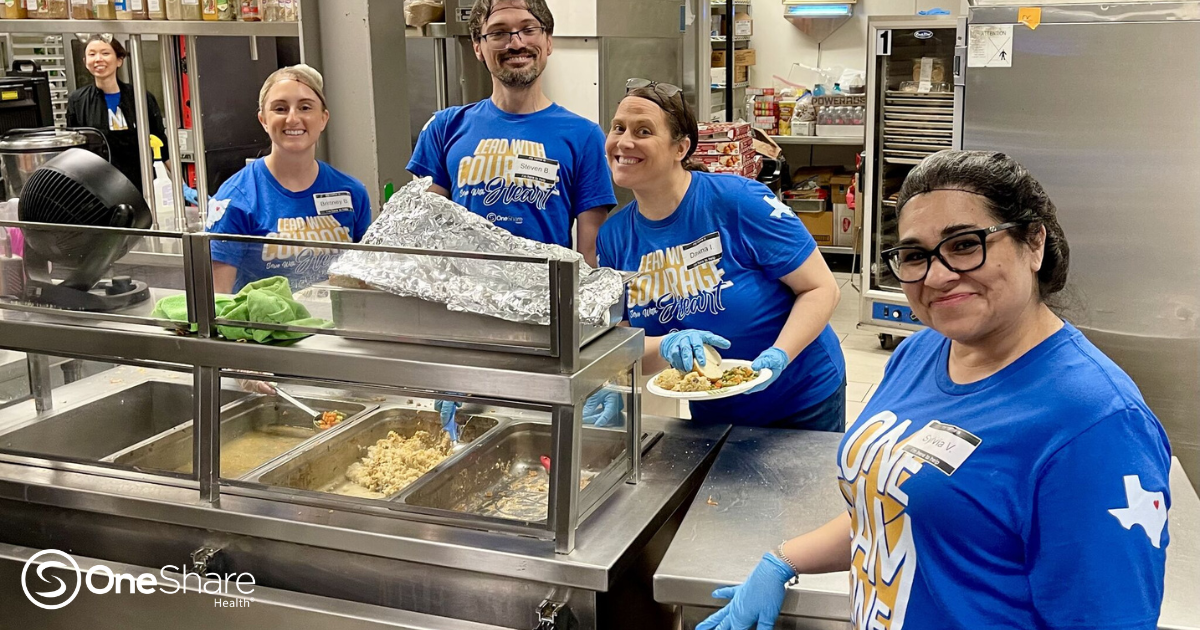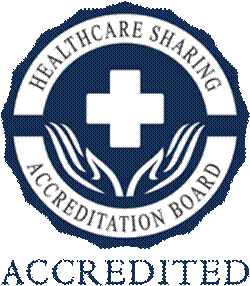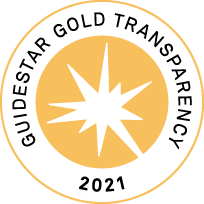Having knowledge of first aid is crucial for everyone. Being able to react swiftly in an emergency can be a lifesaver and reduce harm. This guide is designed to equip you with a fundamental understanding of actions to take in various first-aid scenarios.
Basic At-Home First Aid Kit

Before diving into specific first aid techniques, it’s important to have a well-stocked first aid kit. Make sure your kit includes essentials like adhesive bandages, sterile gauze pads, adhesive tape, antiseptic wipes, scissors, tweezers, a digital thermometer, disposable gloves, a CPR mask, pain relievers, an emergency blanket, and a first aid manual. Having these items on hand can help you respond quickly and effectively in an emergency.
CPR: A Lifesaving Skill
Cardiopulmonary Resuscitation (CPR) is one of the most important skills you can learn. It's used in emergencies where someone's breathing or heartbeat has stopped. Knowing CPR can make a huge difference, but it’s essential to understand the variations needed for infants, toddlers, and adults. Make sure to see our detailed articles about the specifics for each age group to be fully prepared.
Responding to Common Injuries
Emergencies can catch us off guard when we least expect them, but being prepared can truly make a difference. Here are some common injuries and their treatments to help you respond effectively when accidents occur.
Cuts and Scrapes:
- Treatment: Start by cleaning the wound. Rinse it with clean water to remove dirt and debris, apply antiseptic to prevent infection, and then cover it with a sterile bandage or gauze to protect it.
- Myth: Applying hydrogen peroxide or alcohol to a wound is the best way to clean it.
- Fact: These substances can actually damage tissue and delay healing. Use clean water or saline solution instead.
Burns:
- Treatment: Cool the burn by running cool (not cold) water over it for at least 10 minutes. Protect the burn with a sterile, non-stick dressing and seek medical help immediately for severe burns.
- Myth: Applying butter or oil to a burn helps it heal.
- Fact: Butter and oil can trap heat and cause further damage. Stick to cool water and sterile dressings.
Sprains and Strains:
- Treatment: Rest the injured area, apply ice to reduce swelling, compress the injury with an elastic bandage, and elevate the injured area above heart level.
- Myth: You should apply heat to a sprain or strain immediately.
- Fact: Ice is better for the first 48 hours to reduce swelling. Heat can be applied later to relieve pain and stiffness.
Choking:
- Treatment: Encourage the person to cough if they can to clear the obstruction themselves. If they cannot cough, speak, or breathe, performing the Heimlich maneuver may be necessary to dislodge the object.
- Myth: If someone is choking, you should give them something to drink to wash down the obstruction.
- Fact: This can make the situation worse. Use the Heimlich maneuver or seek emergency help.
Nosebleeds:
- Treatment: Sit up straight and lean slightly forward. Pinch the soft part of your nose and hold for about 10 minutes. Avoid lying down or tilting your head back.
- Myth: Tilt your head back to stop a nosebleed.
- Fact: This can cause blood to flow down your throat, leading to coughing or choking. Leaning forward is safer.
Bee Stings:
- Treatment: Remove the stinger by scraping it out with a flat surface like a credit card. Avoid using tweezers as this can squeeze more venom into the skin. Wash the area with soap and water, apply a cold pack to reduce swelling, and take an antihistamine if needed.
- Myth: Squeeze the stinger out with your fingers.
- Fact: Squeezing can release more venom. Scraping is a better method.
Heat Exhaustion:
- Treatment: Move to a cooler place, drink plenty of water, and use cool compresses on your body. Remove tight or unnecessary clothing.
- Myth: Drink caffeinated beverages to stay alert in the heat.
- Fact: Caffeine can dehydrate you further. Water or electrolyte drinks are better choices.
Fainting:
- Common Causes: Fainting can be caused by dehydration, overheating, standing up too quickly, or conditions like diabetes.
- Treatment: Lay the person flat on their back and elevate their legs to improve blood flow to the brain. Loosen any tight clothing and ensure they have fresh air. If they do not regain consciousness quickly, seek medical help.
- Diabetes Management: If fainting is due to low blood sugar, provide a sugary drink or snack once the person is conscious. If high blood sugar is suspected, seek medical help immediately.
- Myth: Slapping someone who has fainted will help them wake up.
- Fact: This can cause injury. Focus on elevating their legs and ensuring they are breathing properly.
Stroke:
- Recognizing a Stroke: Use the FAST method – Face drooping, Arm weakness, Speech difficulty, Time to call emergency services.
- Treatment: If you suspect someone is having a stroke, call emergency services immediately. Keep the person comfortable and monitor their condition until help arrives.
Heart Attack:
- Recognizing a Heart Attack: Symptoms include chest pain or discomfort, shortness of breath, nausea, and lightheadedness.
- Treatment: Call emergency services immediately. Have the person sit down, loosen any tight clothing, and stay calm. If they are conscious and not allergic, give them aspirin to chew slowly.
Staying Prepared
First aid training is invaluable. Consider taking a certified first aid and CPR course to enhance your skills and confidence in emergency situations. Being prepared means you can be a true embodiment of Christ’s love and compassion, ready to assist those in need.
Knowing first aid is a vital part of caring for our community and fulfilling our Christian duty to help At OneShare Health, we emphasize the importance of being ready for emergencies. Our Classic and Catastrophic programs offer various health services, including preventive care and immunizations, ensuring you and your family are always protected. If you are in need of short or long-term health care options, or something just for emergencies only - speak with a specialist to see if a Health Care Sharing Program is right for you and your family.

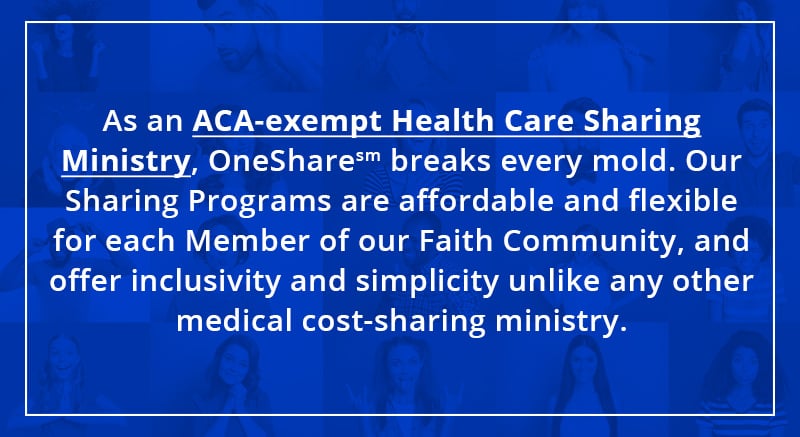
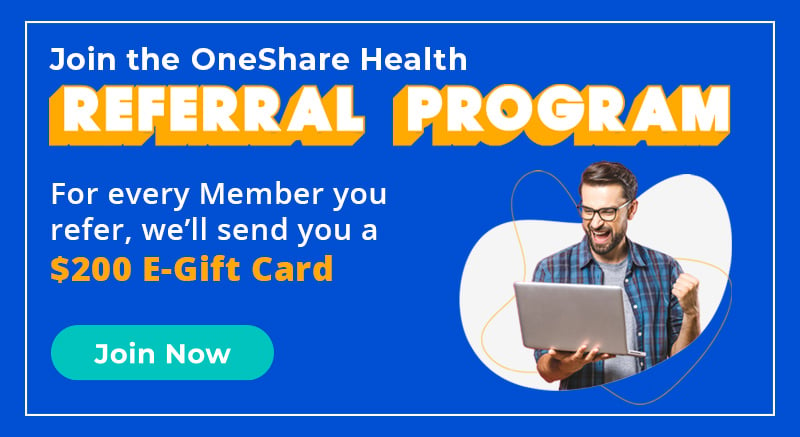
.png)
.png)
